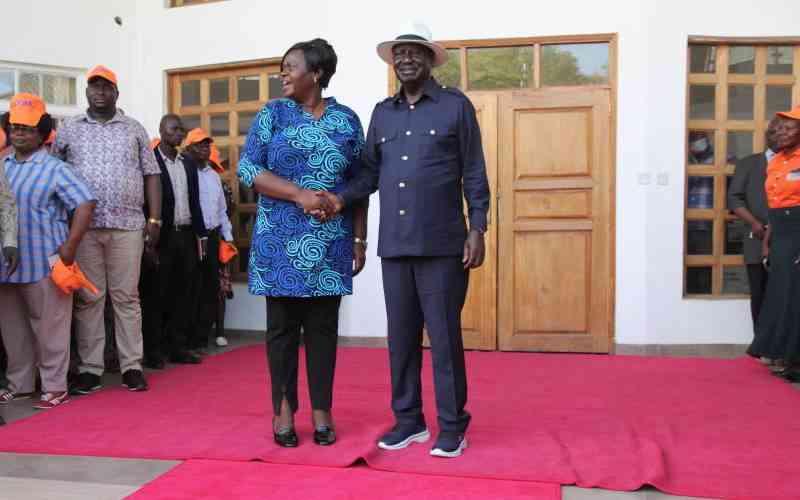Tesla Robotaxi Rollout Challenges
After a decade of anticipation, Tesla officially launched a limited self-driving car service in Austin, making its long-awaited robotaxis available to a small, invited group of users for a flat fee of $4.20. For its initial phase, the service is geofenced, intentionally avoiding Austin's more complex intersections. During these early rides, a Tesla employee was present in the vehicle as a safety precaution, though footage suggests minimal intervention was required from supervisors. The vehicles utilized for the rollout were current Tesla Model Ys, but sources indicate the company is developing a modified version, internally codenamed "Halo," which will feature self-cleaning cameras and enhanced protection for these sensors to prevent damage and debris.
Despite the excitement, the rollout was not without its challenges and initial hiccups. Videos from early users documented instances such as a robotaxi driving across double yellow lines into the wrong lane, prompting a honk from a vehicle behind it, and exceeding the 35-mph speed limit on multiple occasions during the same ride. Further reports, particularly from diligent online communities, highlighted a more consistent issue: "phantom braking." This phenomenon, where the vehicle suddenly stops without apparent reason, has long been a known problem with Tesla’s camera-only perception system, which can misinterpret shadows, road markings, or other environmental factors, triggering automatic emergency braking. Several such incidents were reported within the first few days of the service's semi-public availability.
The robotaxi launch occurred during a turbulent period for Tesla and its CEO, Elon Musk. The company had just capped its worst quarter since 2022 amidst showroom protests, and its stock plummeted following a very public disagreement between Musk and former US President Donald Trump. Competition in the autonomous vehicle space is also intense. Waymo, a key competitor, already operates similar services in multiple cities, including Los Angeles, San Francisco, and Austin. Waymo's cabs notably do not require human supervisors to be present, and their service range in Austin is approximately twice the size of Tesla's current operating limits. The technological approaches also differ significantly: Tesla relies exclusively on a suite of cameras, aiming for a lower-cost solution, while Waymo incorporates more expensive radar and lidar sensors. This difference is expected to allow Tesla's purpose-built Cybercab to be sold for under $30,000, contrasting with Waymo's retrofitted vehicles that can cost up to $70,000.
Customer feedback from early riders has been mixed. While some, like pro-Tesla social media users, reported smooth and comfortable rides without any interventions over numerous trips, others documented the aforementioned incidents. It is noteworthy that the public's awareness of these issues largely depends on robotaxi customers documenting and sharing their rides on social media platforms, as Texas currently does not mandate any incident reporting or data sharing from companies like Tesla. However, a recently approved permitting system in the state could make future operations more challenging, as it includes a provision allowing state regulators to revoke permits if a company's autonomous vehicles are deemed a safety risk.
Despite the bumpy start and the significant delay from original promises, this limited rollout marks a crucial step for Elon Musk's broader ambition of creating an extensive, Uber-like network of autonomous vehicles. Following the launch, Tesla's stock price saw an 8% leap, boosting Musk's net worth by an estimated $19 billion. Musk has expressed aggressive goals, aiming for thousands of vehicles on the road within months and potentially a million by the end of next year, setting the stage for an ambitious expansion amidst ongoing scrutiny and competitive pressures.











